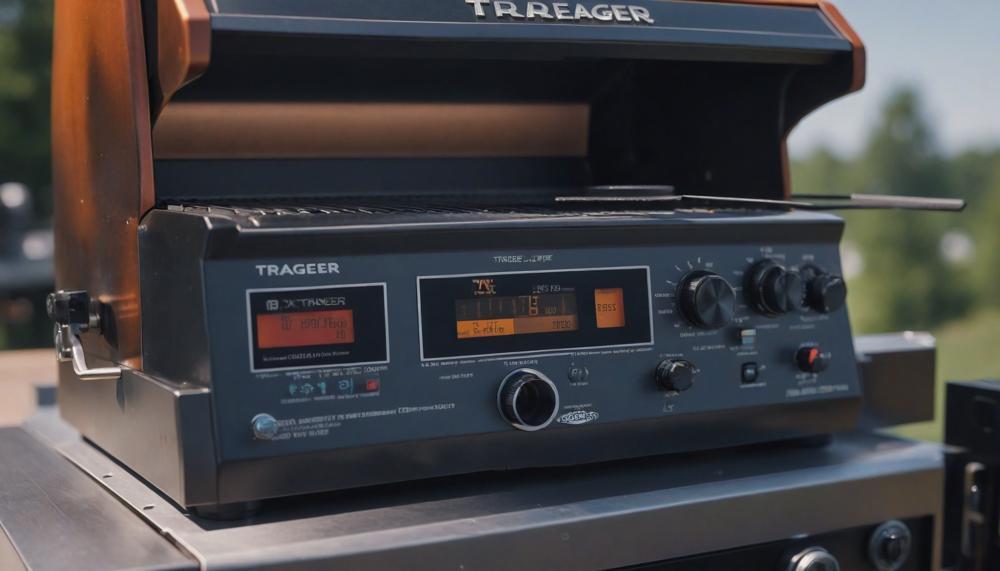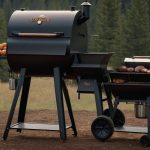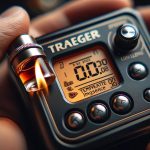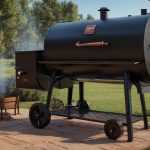Yes, your Traeger grill might be getting hotter than the set temperature, and there are several reasons why this could be happening. When your grill starts heating up beyond your desired setting, it can turn your cooking experience into a frustrating ordeal. Here are some key factors to consider:
- Faulty Thermostat Probe: If the probe isn’t accurately measuring the temperature, it can send incorrect signals to the controller, causing the grill to overheat.
- Improper Calibration: Ensure your grill is calibrated correctly according to the Traeger calibration guide.
- Pellet Quality: Different types of pellets burn at different rates. Using high-quality pellets from a reputable brand is crucial.
- Weather Conditions: Windy or cold weather can impact grill temperature. Wind adds extra oxygen, making the fire burn hotter, while cold weather makes the grill work harder.
- Grill Placement: Positioning the grill in direct sunlight or near other heat sources can cause it to overheat.
- Controller Issues: Controllers can wear out and malfunction over time, leading to incorrect temperature signals.
- User Error: Misusing the “P” setting or not following the manufacturer’s instructions can result in an overheated grill.
- Maintenance: Regular cleaning and maintenance are vital. Ensure the ash is emptied from the firepot and the temperature probe is clean.
By considering these factors, you can better diagnose why your Traeger grill is getting hotter than the set temperature and take steps to fix the issue, ensuring a smoother grilling experience.
Contents
Traeger Grill Not Heating Up?
There are several potential reasons why your Traeger grill may not be heating up properly.
It is important to properly maintain and clean your grill to prevent these issues.
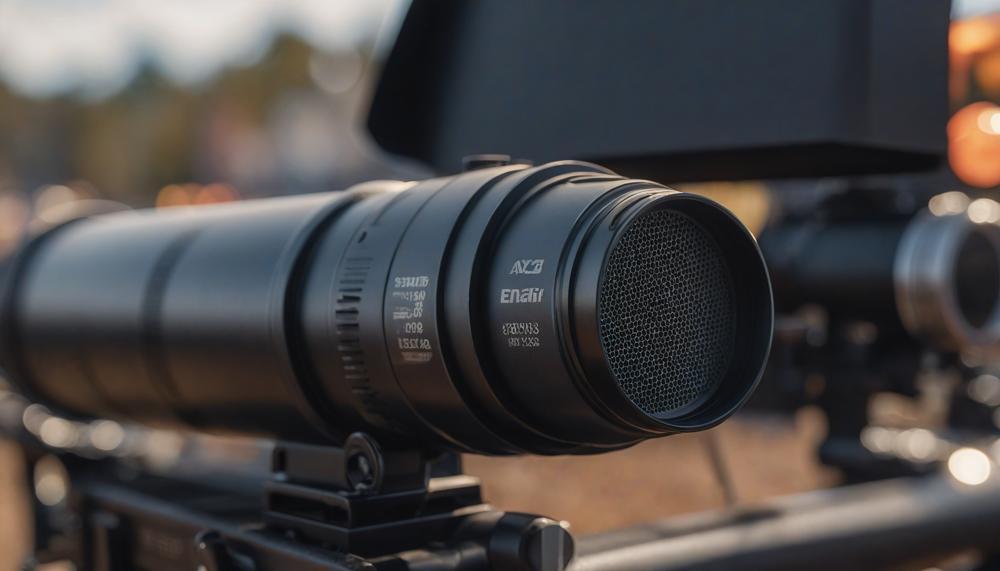
Traeger Not Heating Up To 300°F?
If your Traeger grill isn’t heating up to the desired temperature of 300°F, there could be several reasons for this issue:
- Pellet Issues
- Low-Quality Pellets: Using low-quality or damp pellets can affect the grill’s ability to reach higher temperatures.
- Pellet Supply: Ensure the hopper has enough pellets and that they are feeding properly into the auger.
- Blocked Auger
- Jammed Auger: Check for a jammed auger, which can prevent pellets from reaching the firepot. Clear any blockage to ensure a consistent pellet flow.
- Dirty Components
- Fire Pot: A dirty fire pot can hinder proper combustion. Clean the fire pot to remove ash and debris.
- Temperature Probe: Clean the temperature probe to ensure accurate readings.
- Electrical Issues
- Igniter: Ensure the igniter is working correctly. A faulty igniter can prevent the grill from heating up properly.
- Power Supply: Check that the grill is plugged in securely and receiving power.
- Temperature Settings
- Incorrect Settings: Double-check the temperature settings to ensure they are set correctly.
Traeger Not Heating Up To 450°F?
If your Traeger grill isn’t reaching the desired temperature of 450°F, several factors could be causing this issue. Here’s a detailed look at the possible reasons and solutions:
| Possible Issue | Description | Solution | ||||||||||||||||||||||||||||
| Malfunctioning Controller | The controller might not be feeding enough pellets into the firepot, resulting in lower temperatures. | Try resetting the controller by turning off the grill and unplugging it for a few minutes. If this doesn’t help, consider replacing the controller. | ||||||||||||||||||||||||||||
| Poor Maintenance | Ash and grease buildup in the firepot and on the heat deflector can obstruct airflow and heat distribution. | Regularly clean the firepot and heat deflector using a vacuum or brush to ensure optimal performance. | ||||||||||||||||||||||||||||
| Low-Quality or Damp Pellets |
| Reason | Description | Solution |
| Faulty Thermostat Probe | A malfunctioning probe can send incorrect temperature readings to the controller. | Inspect and replace the probe if necessary. Ensure it is clean and properly positioned. |
| Improper Calibration | The grill might not be correctly calibrated, leading to inaccurate temperature control. | Follow Traeger’s calibration guide to recalibrate the grill. |
| Type of Pellets | Different pellets burn at various rates and temperatures. | Use high-quality pellets from reputable brands for consistent temperature control. |
| Weather Conditions | Wind and cold can affect the grill’s temperature by adding oxygen or making it work harder. | Place the grill in a sheltered location and avoid using it in extreme weather conditions. |
| Grill Location | Direct sunlight or proximity to other heat sources can raise the grill’s temperature. | Move the grill to a shaded, heat-free area. |
| Controller Issues | Over time, the controller can wear out and malfunction. | Check the controller for faults and consider replacing it if it’s malfunctioning. |
| User Error | Incorrect use of the P setting or other controls can cause temperature issues. | Refer to the user manual and ensure correct usage of settings. |
| Poor Maintenance | Accumulated ash and debris can affect temperature regulation. | Regularly clean the grill, especially the firepot and temperature probe. |
| External Factors | External factors like machine malfunction or extreme weather can cause temperature spikes. | Contact Traeger customer service for troubleshooting and possible repairs. |
Conclusion
A Traeger grill running hotter than its set temperature can frustrate any grilling enthusiast. Key culprits include a faulty thermostat probe, improper calibration, or low-quality pellets. Faulty probes send incorrect temperature readings, leading to overheating. Ensuring your grill is properly calibrated per the Traeger guide is essential.
Pellet quality is crucial as different types burn at varying rates. Opt for high-quality pellets from reputable brands to maintain consistent temperatures. External factors like wind or cold weather can also impact grill performance, adding oxygen or forcing the grill to work harder.
Grill placement matters; avoid direct sunlight or proximity to other heat sources. Controller malfunctions or user errors in setting adjustments can also cause temperature issues. Regular maintenance is vital—cleaning the firepot and temperature probe ensures accurate readings and prevents overheating.
By addressing these factors, you can troubleshoot and resolve overheating issues, ensuring a smoother, more enjoyable grilling experience.

